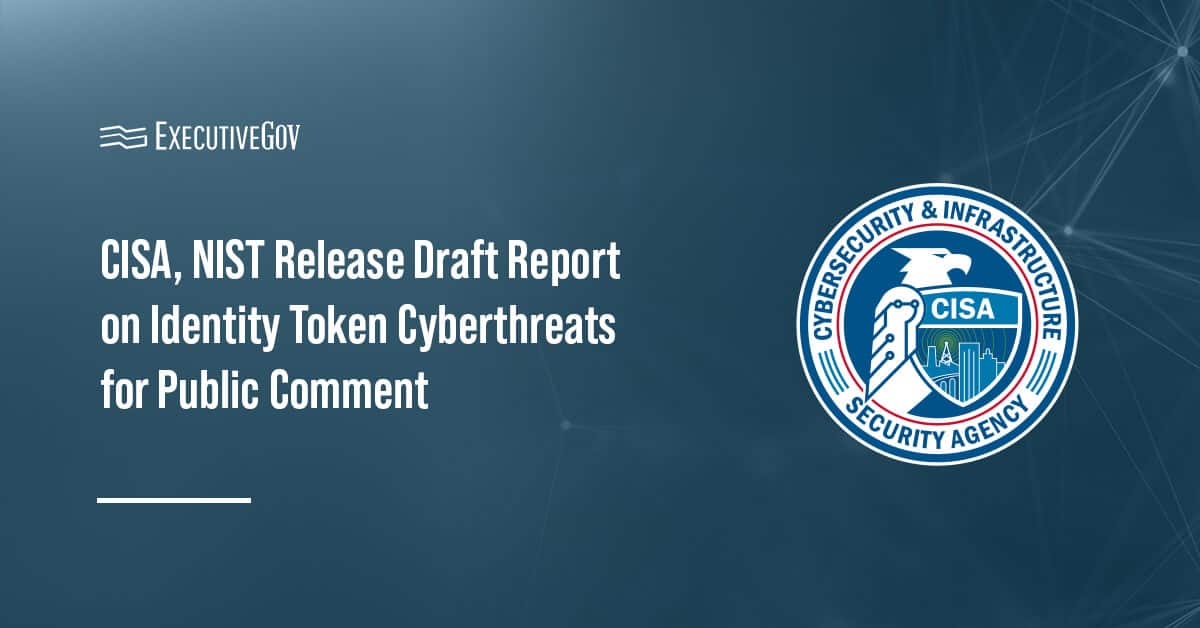Researchers at the Johns Hopkins Applied Physics Laboratory are collaborating with the U.S. Navy to validate Autonomy Baseline Library, a new software developed for rapid analysis of uncrewed surface vehicles’ systems and capabilities suited for specific naval needs.
The software tests, which were initially undertaken in the Navy’s Technology Readiness Experimentation, or T-REX, held in March, will culminate at the Autonomous Warrior joint force exercise scheduled in October in Australia, APL said Tuesday.
APL, the Naval Surface Warfare Center Combatant Craft Division, Naval Information Warfare Center Pacific and industry partners developed the ABL software under the ORCAstrate program of the Office of the Under Secretary of Defense for Research and Engineering.
The software is compliant with the interface standards of the Navy’s Unmanned Maritime Autonomy Architecture for software modularized into reusable parts for rapid software insertion and reuse in programs across various USVs.
“This type of open architecture allows for rapid scaling of these platforms, as well as faster capability upgrades as the technology advances,” said Toni Salter, APL’s program manager for emerging concepts.
Navy operators used the ABL to command three global autonomous reconnaissance craft USV platforms and one common USV at the March T-REX event, which was part of the U.S. Pacific Fleet-led Integrated Battle Problem 24.1 held in San Diego.
Besides the ABL’s tests in T-REX at the Autonomous Warrior exercise in Australia, the Department of Defense will also bring its Rapid Defense Experimentation Reserve program to accelerate military technology development, Heidi Shyu, Pentagon’s chief technology officer and a 2024 Wash100 awardee, told DefenseScoop on the sidelines of the Potomac Officers Club’s annual Defense R&D Summit held in January.





